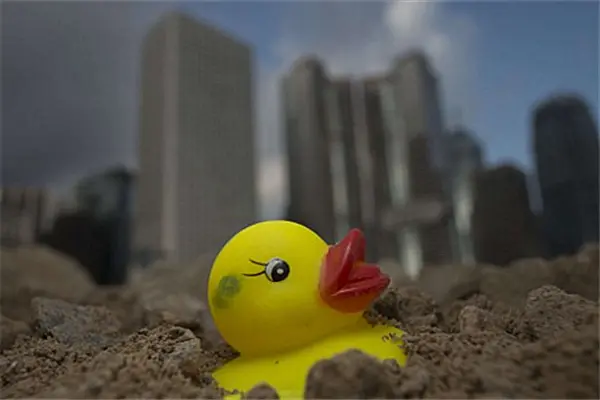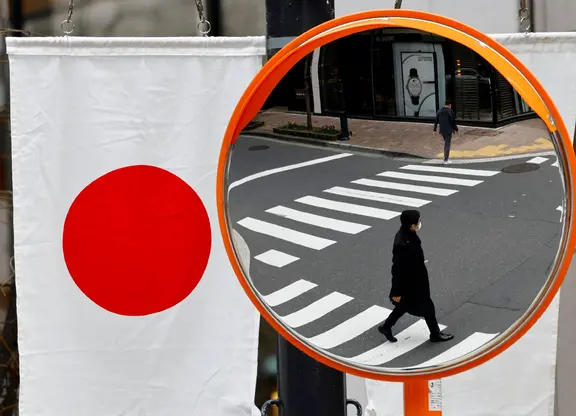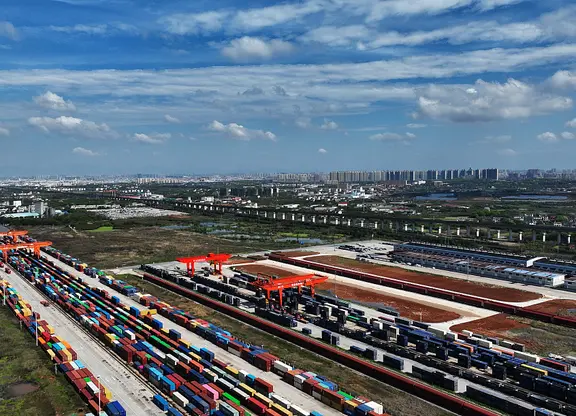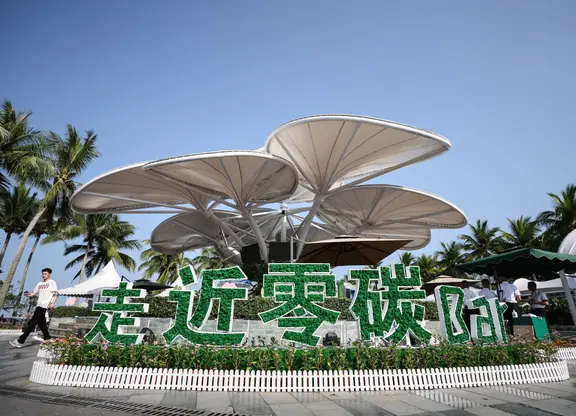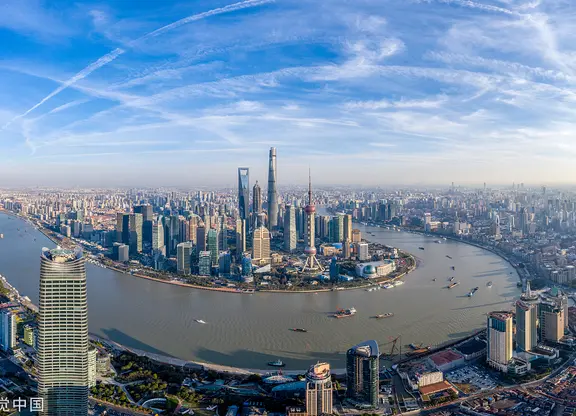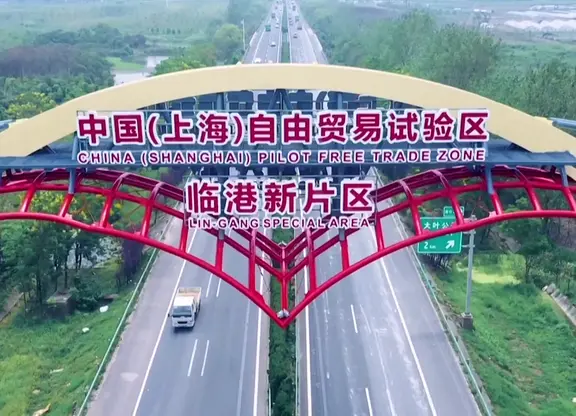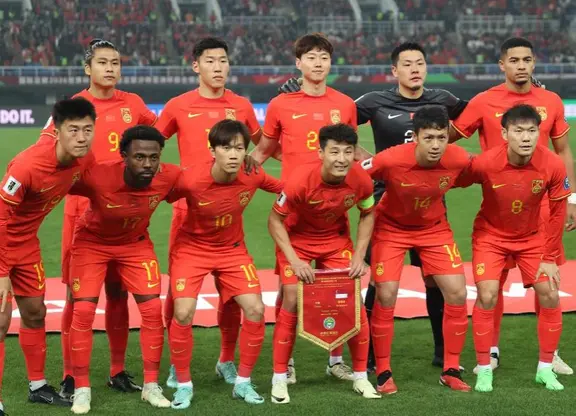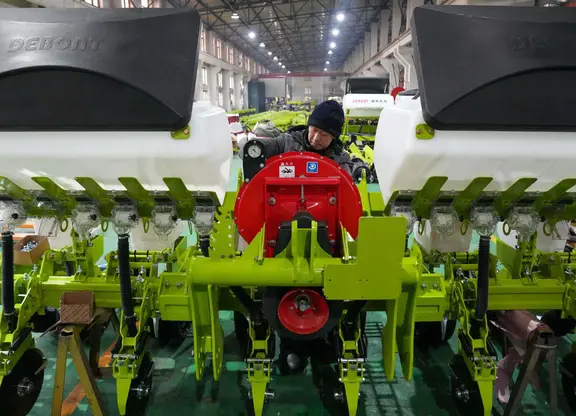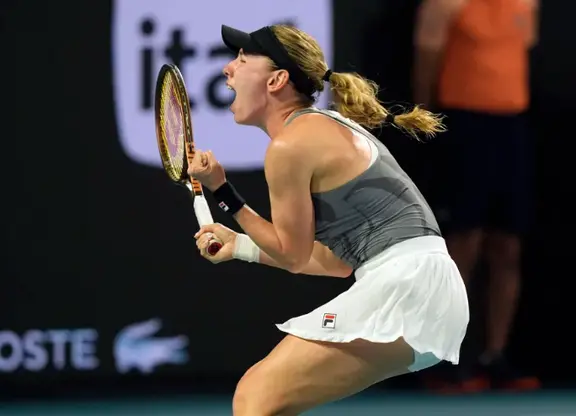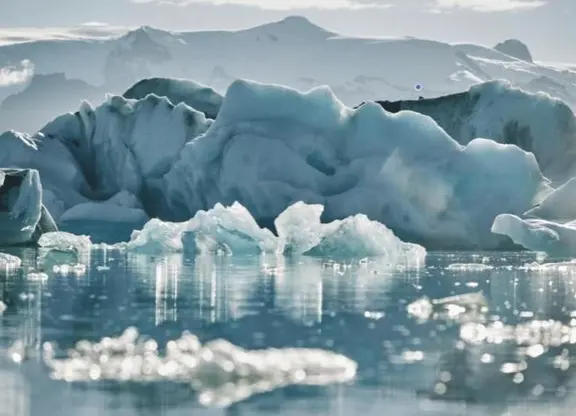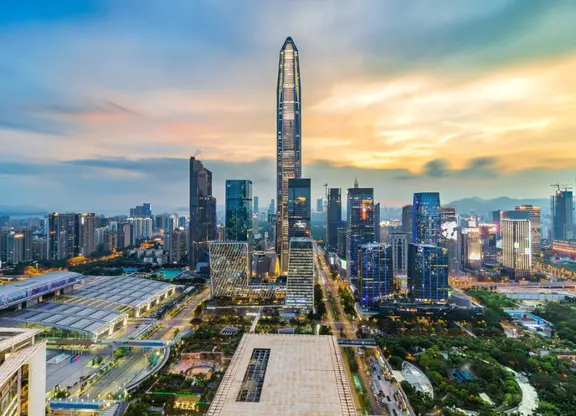Plastic has been more than just a drop in the ocean to the Hong Kong economy. The city’s richest man, Li Ka-shing, built his fortune on plastic flowers in the 1950s and ’60s. At the same time, a generation of children learned the city’s name from plastic toys stamped “Made in Hong Kong”.
Unfortunately, almost all the plastic disposed of since it was invented is underground or, worse, in watercourses that feed into massive “rubbish patch” gyres swirling around in our oceans. There, it soaks up other toxins and is eaten by small creatures in a food chain that ends in humans.
Just last month, a study of anchovies caught in Tokyo Bay found that 80 per cent had microplastic particles in their guts. Researchers believe these minute particles originate from plastic waste that has been broken up by wave action and ultraviolet rays, as well as so-called microbeads of plastic used as abrasives in facial scrubs and toothpaste.
More worryingly, US scientists have found that in shellfish such as mussels, microplastics can pass from the gut into the blood and tissue.
Eco-toxicologists point out that because of their structure, plastics also act as a kind of sponge for other chemicals in the sea – pesticides and industrial compounds – concentrating their toxicity.
Plastic gets into the oceans in many ways, says Douglas Woodring, co-founder of Hong Kong-based charity Ocean Recovery Alliance, which collaborates with businesses and other organisations to improve the marine environment.
“There’s a bit of plastic waste from boats, but it’s estimated 80 per cent comes from land. That means things like a bad landfill, illegal dumping, bad rubbish management at the city level with waste overflowing from bins, and rains and floods coming and washing it out,” he says.
“In a lot of countries, waste management systems are either corrupt or not efficient, and you get guys with dump trucks who want to save fuel costs and won’t drive 30km to the landfill. At night they’ll go 5km away and dump it in the river.
“The main point is that our global waste management and recycling capacity do not match our consumption patterns, and as we consume more and more, with material like plastic that doesn’t go away, then it becomes an even bigger problem.”
Estimates for the amount of plastic waste discarded in Hong Kong every day range from 1,200 to 2,000 tonnes, while an unknown volume of debris from elsewhere litters the sea and washes up on our beaches. With inadequate infrastructure and facilities to deal with throwaway plastic, three years after China stopped importing the unprocessed waste, it’s becoming an epidemic, says Woodring.
Although the government claims the value of exported recyclable materials in 2014 was HK$5.5 billion, plastic amounted to only 3 per cent of that figure.
The Ocean Recovery Alliance has been collaborating with local companies by encouraging them to show leadership in helping to defuse this toxic time bomb. Apart from being good for the environment, Woodring says, it also benefits their reputation and business.
Last year, the alliance was instrumental in persuading Watsons Water – also owned by Li Ka-shing – to switch production techniques and make all of its water bottles from 100 per cent recycled plastic.
Watsons now produces 75 million bottles a year from recycled material, and Woodring hopes other bottled water companies will take note.
“It’s a huge move. Most big bottlers in the world have not done that,” he says. “A lot will use a percentage of recycled content but not 100 per cent. Nowadays, the technology to go from a bottle back to a bottle exists … but the problem is the factories are not so prevalent.”
The recycling plant Watsons uses is not in Hong Kong because the city’s facilities are not advanced enough technologically, he says.
The alliance also persuaded the Pacific Coffee chain to get on board with reducing plastic waste by launching a lid-return programme last year. Customers who bring back their coffee-cup lids are given a free drink upgrade, while the plastic lids are sent for recycling. The scheme started in six coffee shops and expanded to 30 stores in March.
“We found someone to donate US$1 per 10 lids collected. They got more than 6,000 lids in a month; people liked it,” Woodring says.
“We’ve shown that it works and brings people back to the store. It’s good for business, but it also helps aggregate the material to get it back into the system, because now the coffee lids can go from the shops back to the warehouse. This makes it easier for the recyclers.
“Bring-back programmes are a good way to build consumer loyalty. It gets people back doing business with that company.”
There is much more local companies can do to reduce plastic waste, he says, and supermarkets are ripe for bring-back schemes.
“You could do it with all of the clear plastic food containers that supermarkets use for grapes and apples, for example the containers called ‘clam shells’. They’re all made from PET [polyethylene terephthalate], which is highly recyclable and clean, but the supermarkets don’t do anything to collect it.”
A report by environmental data specialist Trucost was released at last month’s Plasticity Forum in Shanghai. Through “net benefit analysis”, it identified potential environmental savings of US$3.5 billion annually if computer companies followed the example of Dell and used bioplastics made by Algix.
The Trucost report, “Scaling sustainable plastics: solutions to drive plastics towards a circular economy”, notes that Dell’s OptiPlex 3030 computer is made using recycled plastics recovered through its take-back programme.
“This analysis shows if you change your packaging to something that’s more beneficial to the environment, and it costs you maybe five cents more per piece … it’s going to help water and air quality, health, innovation; long-term this is a very good decision to make for the brand, the company and the product,” Woodring says.
“If you can show companies all these added benefits, it’s much more likely that a decision maker will see it and realise the benefits to the brand, company and consumers. If competitors jump in, the price comes down.
For companies, and society, an advanced recycling infrastructure is essential, he says, because it requires economies of scale.
“If you just have little bits here and there, it’s very hard to make it economical. But if you have big volumes of plastic then it makes sense for the entrepreneur to build the machines and invest in the system to keep it running.”
This is where Hong Kong is failing, he says, and the problem is going to get worse before it gets better. Legislation to implement a waste charge in Hong Kong has been slated to be tabled this year, although the timetable is uncertain. The scheme should be a financial incentive for people to recycle plastic and other waste, but the city’s infrastructure isn’t ready. There are neither enough waste collection bins for a vertical city such as Hong Kong, nor incentives for the recycling industry.
“No one wants to sort it because the labour cost is too high and we don’t have the right mechanical or optical sorting systems.”
Ultimately, it would be better if we simply stopped using so much plastic.
“If everything was made from paper, and degradable in water, at some point the problem wouldn’t be so persistent,” Woodring says. “We’re creating one of the biggest challenges that we’ve faced that we haven’t really woken up to yet.”
(SOUTH CHINA MORNING POST)
 简体中文
简体中文

